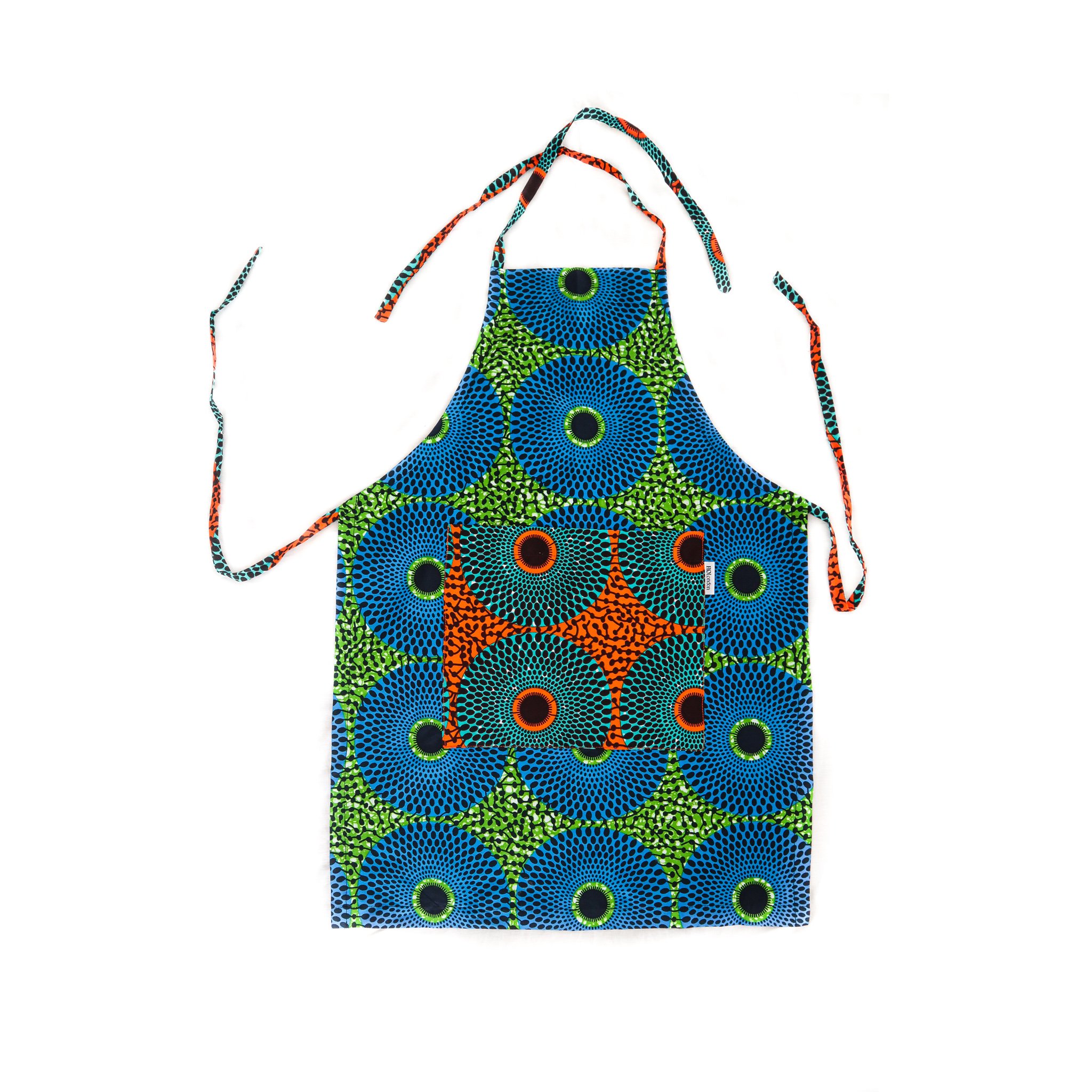How to beat condensation in your London flat or apartment
London living comes with a unique set of charms and challenges. The buzz of the city is right outside your window, but so is the traffic noise, the pollution, and the sheer proximity of it all. For those of us in flats, converted lofts, and new-build apartments, this creates a particular indoor dilemma: how do you let the fresh air in without also letting in the chaos? The answer, it turns out, lies not in opening a window, but in rethinking the very systems that help our homes breathe.

Many of us have experienced the tell-tale signs of a stuffy urban home—the condensation that streams down the windows on a winter morning, the lingering smell of last night's dinner, or that faint musty whiff in a wardrobe pushed against an external wall. These aren't just minor annoyances; they're symptoms of poor ventilation, a common issue in city properties where airtightness meets busy lives and often a reluctance to open windows to noisy or polluted streets.
But there are clever, effective solutions designed specifically for the constraints and aesthetics of urban living. It's time to move beyond the weak, whirring bathroom fan and discover the tech that can transform your city pad into a fresh, healthy, and truly comfortable sanctuary.
Why City Homes Are Particularly Vulnerable
The very things that make urban properties appealing can also contribute to air quality issues.
Airtight New-Builds: Modern apartments are built to be incredibly energy-efficient, which is great for your heating bill but terrible for natural airflow. They're designed to keep conditioned air in and external weather out, which also traps all the moisture and pollutants generated inside.
Conversion Conundrums: Beautiful Victorian and warehouse conversions often have solid walls and unique layouts that make traditional ventilation tricky. Extractor fans might have long, inefficient duct runs, rendering them nearly useless.
The "Keep the Window Shut" Mentality: Whether it's due to noise, security, pollution, or pollen, many Londoners are hesitant to leave windows open for long periods, especially overnight or when they're out.
Intensive Living: Cooking, showering, drying clothes, and even breathing—all the activities of daily life—release litres of water vapour into your air every day. In a compact space, this humidity builds up fast.
Beyond the Basic Fan: Smart Ventilation for Smart Spaces
If cracking a window isn't the perfect solution, and your current extractor fan is more decorative than functional, what are the alternatives? The good news is that ventilation technology has evolved dramatically.
The Whole-House Hero: Mechanical Ventilation with Heat Recovery (MVHR)
For those undertaking a major flat renovation or moving into a new-build, this is the gold standard. An MVHR system is a built-in solution that works continuously. It has two key functions: it extracts stale, moist air from your kitchen and bathroom, and it supplies fresh, filtered air from outside to your living room and bedrooms.
The genius part is the heat exchanger. As the two air streams pass each other, the heat from the outgoing air is transferred to the incoming air. The result? A constant supply of fresh, pre-warmed, filtered air, without any draughts, noise, or heat loss. It’s the ultimate "set-and-forget" system for a healthy urban home, and it’s brilliant at keeping external pollution and pollen at bay.
The Bathroom Upgrade: When Silence and Power Matter Most
For many, a full MVHR system isn't feasible. The most impactful upgrade you can make is often in the bathroom—the biggest source of humidity in most homes. The standard issue, wall-mounted extractor fan is often the weakest link. It can be noisy, underpowered, and inefficient.
This is where a more sophisticated solution comes into play: the inline bathroom extractor fan. Unlike a standard fan, an inline model is installed within the ducting, typically in the loft space above your bathroom or in a ceiling void. The only visible part in your bathroom is a discreet, quiet grille.
The benefits for a city home are significant:
Whisper-Quiet Operation: This is the biggest game-changer. With the motor located remotely, the fan noise is reduced to a near-silent whoosh. You can actually relax in the bath without an industrial hum killing the vibe.
More Power, Better Extraction: Inline fans are typically more powerful than standard models. They can handle longer duct runs, which is common in conversions, ensuring steam is actually expelled outside rather than just being shifted around.
A Clean, Minimalist Look: The visible grille can be a sleek, minimalist fitting that blends into your ceiling, far more discreet than a bulky plastic box. Some models even integrate seamlessly with downlights.
Smart Features: Many inline fans come with humidity sensors, so they turn on automatically when you shower and off again when the air is clear. No more forgetting to flip the switch.
Creating Your Urban Oasis
Living in the city doesn't mean you have to compromise on air quality or comfort. By understanding the unique challenges of your apartment or loft and exploring the modern ventilation solutions available, you can take full control of your environment. Whether it's investing in a near-silent bathroom fan that actually works or planning for a whole-house system in a renovation, you can create a home that feels as fresh and revitalising as a escape to the countryside—without ever leaving Zone 2.
Charlotte Winifred Guérard is a London-based artist and recent graduate of the Royal Academy of Arts School, where she was recognised as a Paul Smith’s Foundation scholar for her artistic achievement. Her work has been exhibited at the Royal Academy, Coleman Project Space, Fitzrovia Gallery, Messums and Palmer Gallery, and she has completed prestigious residencies including the Porthmeor Studio 5 residency in St Ives with the Freelands Foundation. Primarily a painter, Charlotte explores how paintings can be activated…
This week in London, you can enjoy festive ice skating, Christmas lights, jazz and classical concerts, and a range of art exhibitions. Highlights include Skate at Somerset House, Christmas at Kew, the EFG Jazz Festival, and the Taylor Wessing Photo Portrait Prize 2025…
From the 6th to the 9th of November, the leading West African art fair Art X Lagos celebrates its 10th birthday at the Federal Palace on Victoria Island. Founded by Tokini Peterside-Schwebig in 2016, the fair has become an unmissable event in the global art calendar, attracting galleries from over 70 countries and participants from 170 countries since its launch…
If you’re after something bold, queer and completely uncategorisable this November, you need to know about KUNSTY, the Southbank Centre’s brand new four day performance series running from 5-8 November 2025…
London’s most beloved Christmas activity is back. As festive cheer returns to the city, with twinkling lights and the scent of mulled wine drifting through the air, for many Londoners and visitors from further afield, nothing quite captures the spirit of the city at Christmas like strapping on a pair of skates and stepping onto the ice…
As the crisp autumn air settles over London, the iconic gardens of Berkeley Square are once again hosting one of the most anticipated gatherings in the art and antiques world: the LAPADA Fair 2025, running from 28 October to 2 November…
November is a lively time to be in London, with the festive season in full swing and the city buzzing with events. From skating at Somerset House to Christmas lights switch-ons and festive markets like the Southbank Centre Winter Market, there are plenty of ways to embrace the holiday spirit. Beyond the seasonal festivities, London’s cultural calendar is brimming with art, music, and performance…
As far as weekend getaways go, this 70-acre estate offers a peaceful country escape with all the best elements of a traditional hotel experience. Staffordshire, arguably, is not yet on the map for luxury and leisure but set in the heart of the beautiful Staffordshire Moorlands, The Tawny surely is a beacon of things to come…
Art Basel Paris returns to the Grand Palais for its second edition from 24–26 October 2025, bringing together 206 leading galleries from 41 countries and territories. Below is our guide to seven artists not to miss at this year’s edition, each presenting distinctive work through their galleries…
Art Basel Paris 2025’s Public Programme turns the city into a stage for contemporary art, placing bold, large-scale works in streets, courtyards, and cultural landmarks - all free to visit. From a dreamy opera of 30 surreal figures at Palais d’Iéna to a colossal Kermit the Frog balloon looming over Place Vendôme, here is our guide to five standout works from the Art Basel Public Programme that you simply cannot miss…
Frieze London 2025 returns to Regent’s Park with a dynamic mix of emerging and established galleries, reaffirming the city’s creative pulse. Highlights include Esther Schipper’s dreamlike works by Sarah Buckner, Gagosian’s vibrant installation by Lauren Halsey, and Pace’s meditative paintings by William Monk. From Do Ho Suh’s ethereal fabric architectures at Lehmann Maupin…
Paris launches into its own spectacular celebration of art each October, transforming the city into a hub for collectors, curators, and cultural enthusiasts. From the grandeur of Art Basel Paris at the newly renovated Grand Palais to the focused energy of Paris Internationale, OFFSCREEN, AKAA and Menart, each fair contributes something unique to the city’s vibrant art scene.
British Ceramics Biennial is back and better than ever. Running until 19 October 2025, the dynamic programme of free exhibitions, screenings, talks and events is proving a hit with both locals and critics…and just an hour and a half’s train away from London, it’s well worth a day trip…
Echoes of Migration is the flagship summit to launch new not-for-profit platform Art Voyage this autumn. Echoes of Migration officially inaugurates Art Voyage’s innovative, itinerant cultural programme…and gears us up for what is in store for the Art Voyage Biennial….
Betty Ogundipe (b. 2001) is a multidisciplinary artist of Nigerian heritage whose work explores resilience, femininity, and the power of love and resistance. Her debut solo exhibition, LOVE/FIGHT at Tache Gallery…
The V&A’s Marie Antoinette Style, sponsored by Manolo Blahnik, is being hailed as the first landmark exhibition in the UK devoted to France’s most infamous Queen of Fashion. It is a glittering journey through silk, flamboyance and legacy….
Malta is fast becoming one of the Mediterranean’s hottest destinations, offering sun-soaked beaches into October, a thriving arts and culture scene, and stunning architecture and landscapes…
This October in London offers everything from Frieze and the BFI Film Festival to Peggy Gou, the London Literature Festival, and Halloween at Kew.
Discover the best restaurants in Malta, where to eat, drink and enjoy authentic Maltese food and Michelin-star dining…
From The Phoenicia Hotel and Iniala Harbour House, Valletta showcases some of Malta’s finest hotels, ranging from landmark luxury where royalty once danced to boutique hideaways filled with Maltese art…
October is the month for art in London, thanks to Frieze and several other art fairs taking place across the city. There will be a significant programme of shows across the capital’s galleries and institutions. Notable openings include Cosima von Bonin’s Upstairs Downstairs at Raven Row, examining 35 years of work through objects, characters, and early pieces unseen for more than a decade; Wolfgang Tillmans’ Build From Here at Maureen Paley, and Arthur Jafa’s first exhibition at Sadie Coles HQ…
This week in London, explore modern and contemporary art at the British Art Fair, experience couture drama with LACRIMA at the Barbican, celebrate heritage at the Chelsea History Festival, enjoy a decade of dance with Acosta Danza at Sadler’s Wells, and step into Shakespeare’s world with Hamlet at the National Theatre…
With just 100 days to go until Christmas, London’s West End is preparing for the festive season. Carnaby Street and Covent Garden have confirmed their 2025 Christmas lights switch-on dates, signalling the start of celebrations across the capital…
Ladbroke Hall has been a fixture in Notting Hill since 1903, when it opened as the Clément-Talbot car showroom, Britain’s first purpose-built car factory. Designed to resemble an English country house, the building has since served a variety of roles, from producing military vehicles during the First World War to housing Thames Television in the 1980…
An essential guide to Ibiza, from modern art at MACE and Museo Puget, to cliffside dining at Amante and farm to table dining at Juntos House, iconic nightlife at Pacha and Ushuaïa, and serene luxury at Soho Farmhouse Ibiza…
Ibiza’s nightlife is truly legendary, known worldwide as the ultimate playground for party-goers. For decades, the island has attracted the very best international DJs and music lovers from across the globe. Here is our guide to seven of the best clubs to visit in Ibiza, starting with the absolute giants and working down to gems like Chinois…
Discover the best of London this weekend! From landmark exhibitions such as Marie Antoinette Style at the V&A and Material World at Kew Gardens, to live music and a curry festival on Brick Lane…
Pollini at Ladbroke Hall showcases Chef Emanuele Pollini’s take on classic Italian cuisine within a dining room that fuses art, architecture, and natural light. From delicate handmade pastas to inventive desserts…
The British Fashion Council (BFC) has unveiled its City Wide Celebration (CWC) programme for London Fashion Week (LFW), taking place from 12 to 27 September 2025. Offering over 1,000 public experiences across the capital, the programme brings fashion to the public through exhibitions, talks, pop-ups, and interactive events…
















































